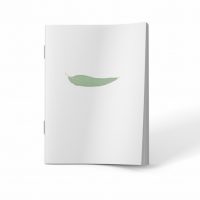 Dear Reader
Dear Reader
This journal issue breaks new ground in a number of areas.
Part One consists of three diverse practice-based papers. The first is entitled ‘Narrative ideas in the field of child protection’. Within it, Alison Knight and Rob Koch describe how double-listening, outsider witnesses, externalising conversations and children’s drawings, can be used with children and their families in child protection settings.
This is followed by ‘The taming of Ferdinand: Narrative therapy and people affected with intellectual disabilities’. Practitioners have often asked us to publish papers about this topic and this piece by Fiona McFarlane & Henrik Lynggaard is sure to be welcomed.
Part Two considers new possibilities for bringing together narrative practice, songs and song-writing. For some years, music and song have played a part within narrative community gatherings and collective narrative practice. Chris Wever’s paper, ‘Musical re-tellings: Songs, singing, and resonance in narrative practice’, describes how song-writing can also be a part of narrative therapy consultations. Therese Hegarty, in turn, describes the use of song-writing within a group setting with participants who have a history of heroin addiction. Her paper is entitled ‘Songs as retellings’.
Finally, Part Three explores how narrative therapy can be shaped to fit and respond to local cultures. By describing examples of practice from Newfoundland and Quebec, Linda Moxley-Haegett invites practitioners to consider how different narrative practices may be relevant and resonant in different cultural contexts and why.
We hope that you enjoy this thoughtful collection.
Significantly, each paper in this issue is written by an author or authors who we have never before published. This is celebratory to us.
As always, we will welcome your feedback!
Warm regards,
Cheryl White

 Dear Reader
Dear Reader